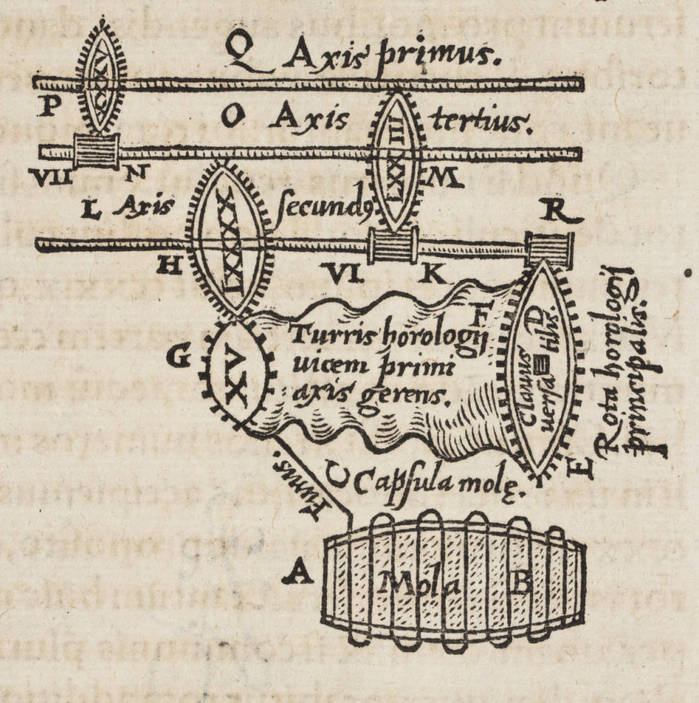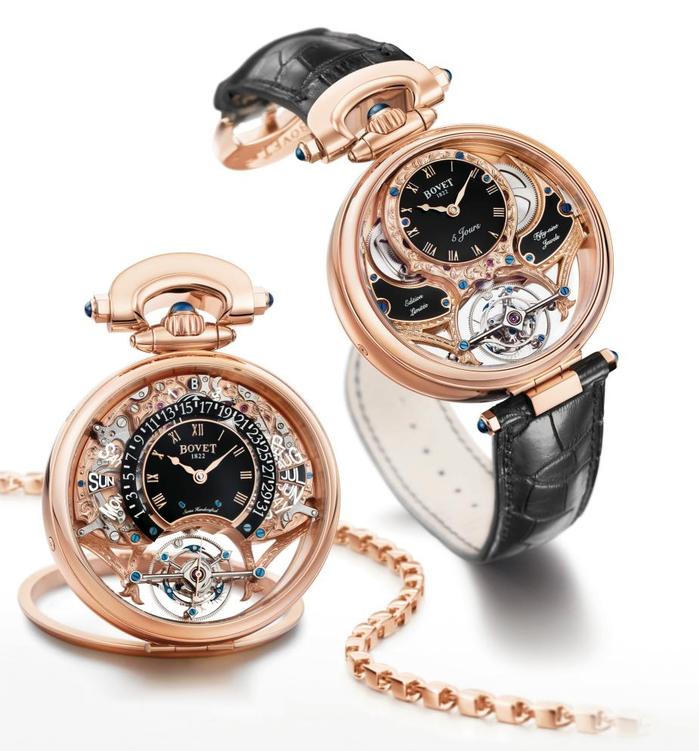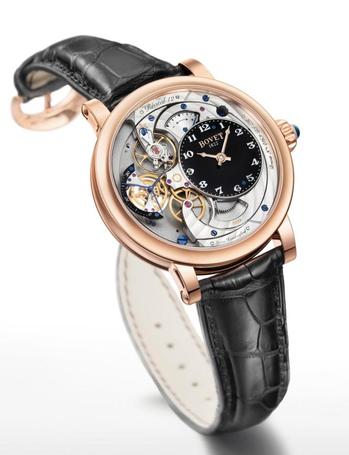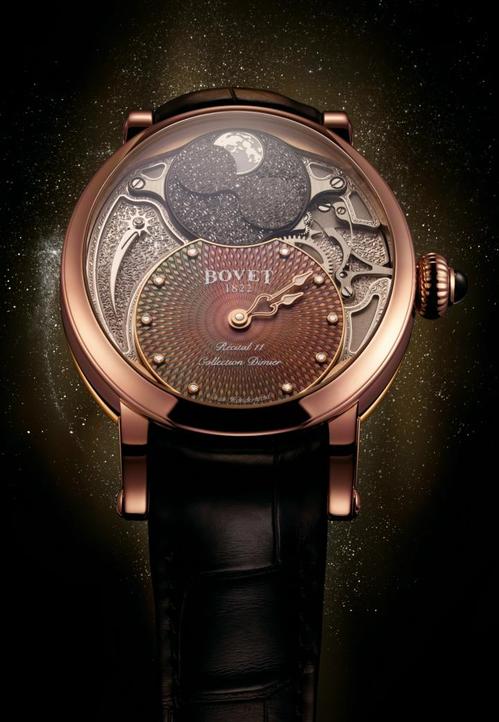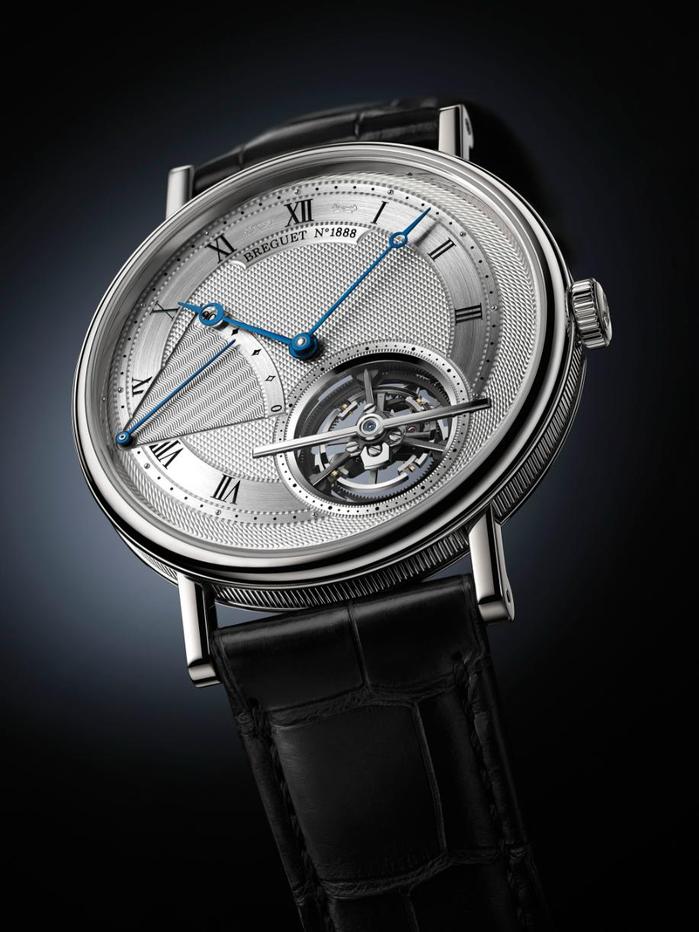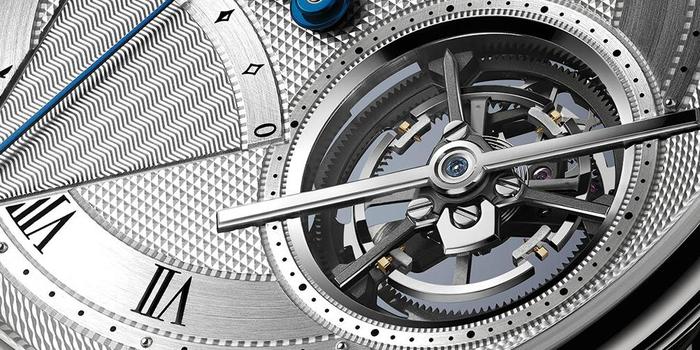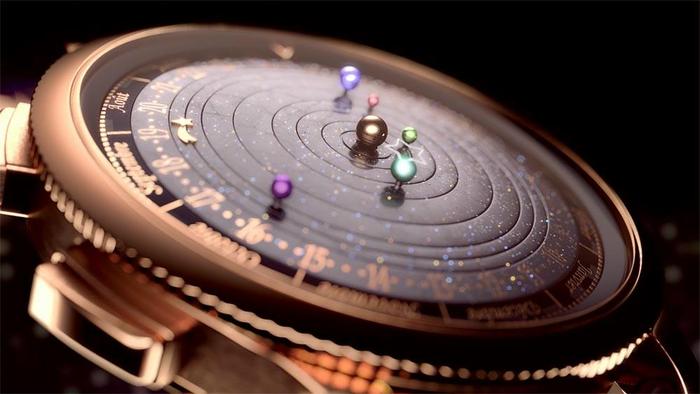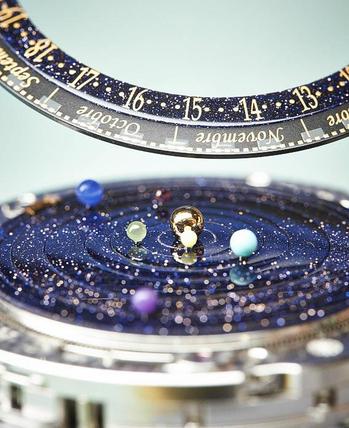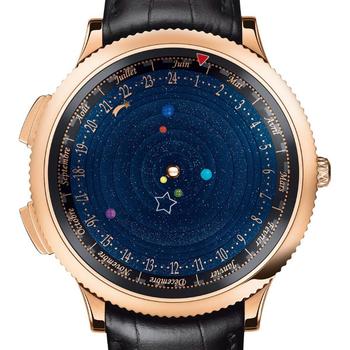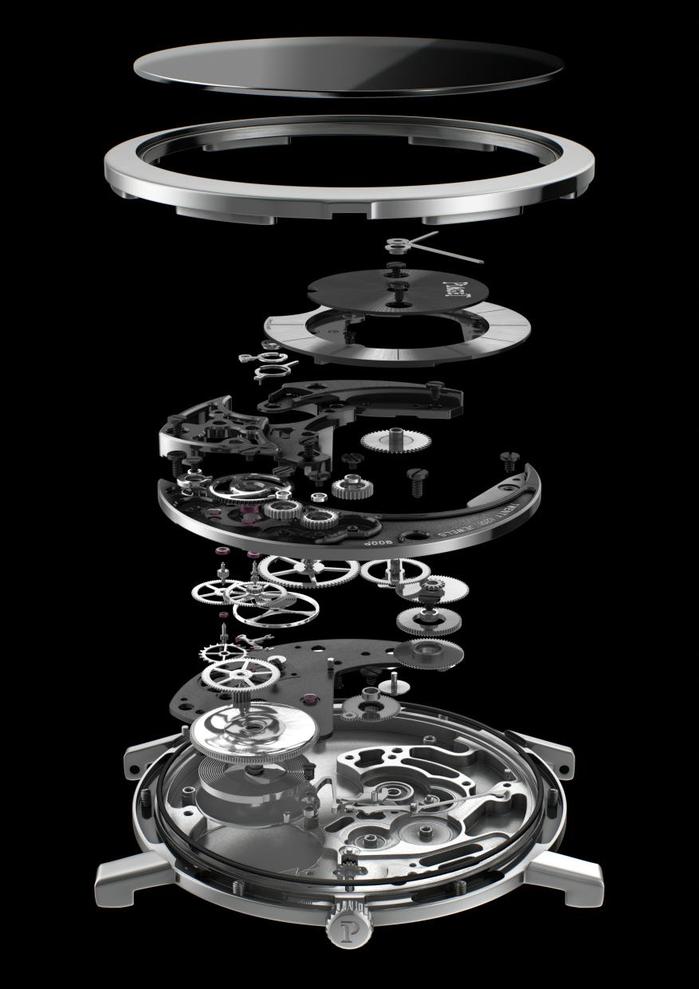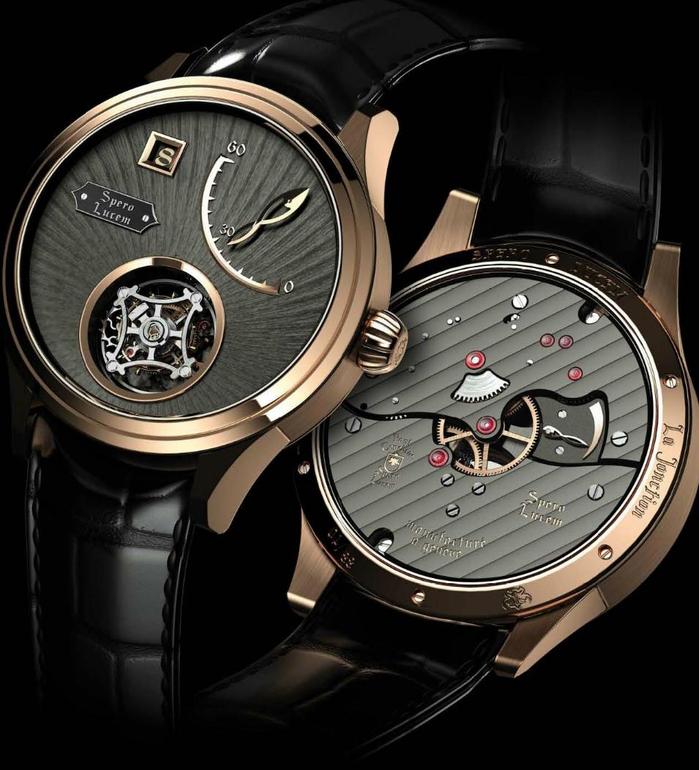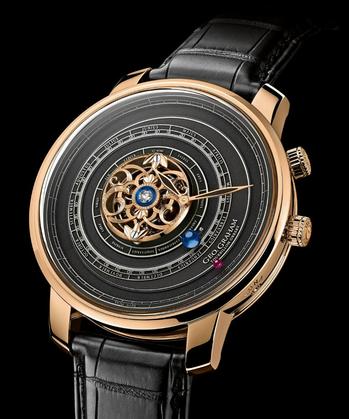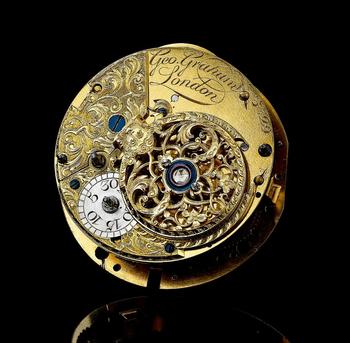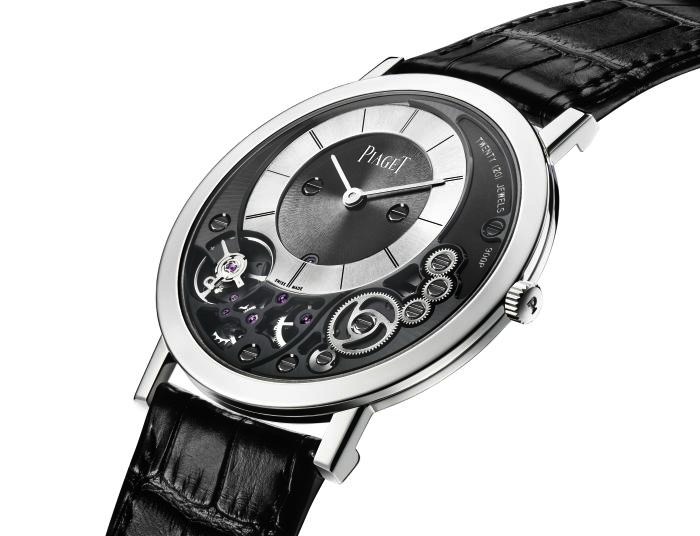
Piaget(previously mentioned) has always taken pride in their ability to make the thinnest possible watch. They lost this crown to Concord's Delerium with the advent of Quartz, but have, in recent years, taken to tilting at the title of "Thinnest Mechanical _____" with some regularity. The new Altiplano 900P, released in time for the brand's 140th birthday is an admirable entry into that competition, at 3.65mm it's currently the thinnest mechanical watch, though not the thinnest mechanical movement. Their solution, which is similar to that of the AP 2870, was to integrate the movement into the case. They have also reorganized components so that parts with required thicknesses, like the balance assembly and the hands, do not overlap but sit side by side. Adding to those architectural changes ultra-thin parts, 0.12 mm for some of the wheels as opposed to 0.20 mm on a standard movement, allowed Piaget to get to the current record.

One problem with ultra-thin watches has always been stiffness, all of the parts have more flex in them than in a normal watch, and this leads to some unusual problems, like the case-flex of the Delerium IV that made it nearly unwearable. Piaget has tried to ameleorate this, at least to a degree, by having the top bridge of the balance wheel the highest part of the movement, so that if the case or crystal flexes inwards, it'll impact a stationary bridge and not the usual victem, the top of the minute hand/canon pinion.
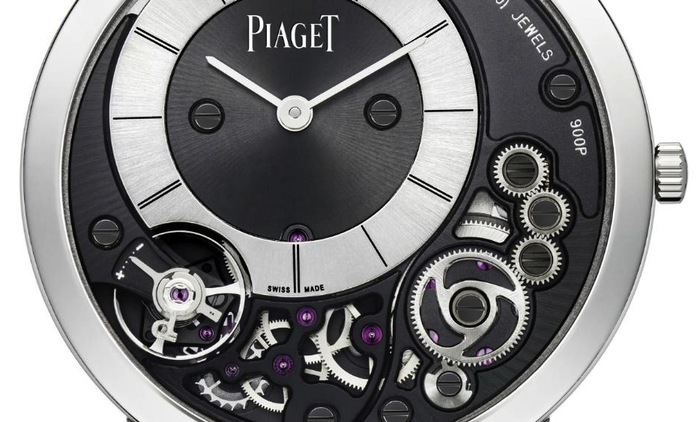
Case is 38mm in diameter and white gold. Power-reserve, another feature that often gets reduced in ultra-thin watches, is a entirely normal 48 hours.
(source)
A

